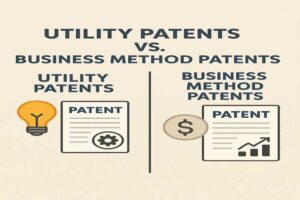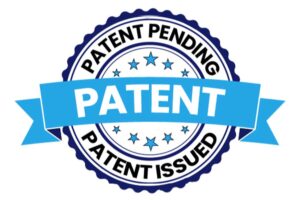REGULATION A +
Title IV of the JOBS Act, also known as Regulatory A + or Reg A +, represents a new form of securities offer on the stock markets for the general public.
Its price is greatly reduced since it is sufficient to register with the Securities & Exchange Commission the audited financial statements of at least two accounting years and to find a reputable lawyer at the Securities & Exchange Commission to register the form 1 -AT. There are two options for Reg A +, which offers a little more flexibility.
In addition to its greatly reduced price, the advantage of Reg A + is the possibility for the issuer to test the market before incurring large legal, accounting and other costs to prepare its offer. A product or product design that has broad appeal and an existing network of potential users could, within the limits of SEC law, test the effectiveness of a Reg A + campaign before raising money and to register investors. . This option alone significantly reduces the downside financial risk. In addition, Reg A + also bypasses most of the state’s Blue Sky laws, which allows issuers to generally solicit without having to record securities individually in each respective state. Even an S-1 deposit does not have this feature. This is extremely important, especially since most Reg A + offers will probably involve a form of web portal that will expose the broad offer. Companies can also sell their own shares in a Reg A + offer directly on the company’s website.
While a Reg A + offer can be sold to individual investors, the stock is totally illiquid. It lacks a stock symbol and has no float listed. This means that companies that realize a capital increase through Reg A +, who want more liquidity for their shares, will need to work with competent lawyers and investment bankers to move from Reg A + to a non-reporting public company.
Note: There is a special transaction structure that provides a simple and less costly way to get immediate liquidity, by giving you a ticker symbol and a DTC authorization on the OTCQB (not pink leaves) without the need for an S -1 or inverse fusion. This special structure then makes it possible to requisition more capital thanks to the power of public procurement. It also gives your initial investors a greater incentive to invest. An excellent, very recent example of this is Elio Motors.
TRADITIONAL IPO (S-1)
Often referred to as direct public offering (DPO), direct offering or direct shareholder offering, a traditional S-1 is exactly like the famous IPOs often promoted in the media. Like a typical IPO, an S-1 form is filed with the SEC, registered the desired actions. As part of this process, the company files the audited financial statements with the PCAOB, obtains a CUSIP number and requests a ticker symbol. Most often, these companies are listed on the over-the-counter market.
We do not talk about NASDAQ or NYSE in terms of size, ostentation, and hype, but many of the same Sarbanes-Oxley reporting requirements still apply. In addition, the annual and permanent reporting requirements are much more demanding than a Reg A + offer (the annual declaration for Reg A + is only twice a year). With an S-1, you are somewhat cataloged in the fact that you can not return to Reg A +. Michael Williams rightly points out that existing public entities can not participate in A + regulation.
REVERSE FUSION
In a reverse merger, a private company, registered as C-corp, acquires a clean and commercial public shell and “topples” its activity in the public vehicle. Although we operate on the site reversemergers.com and we have experience in this field, we have been confronted over the years with transactions abroad, with pump and landfill projects and with others. fraudulent activities.
In fact, reverse mergers are usually a terrible route for most small businesses. Unless you’re ready to shell out between $ 300K and $ 400K for an existing, clean, DTC-compatible public shell, it’s likely that even your shell hides something (eg convertible debentures, litigation debt / regulator, etc.) Perhaps the biggest advantage to an inverse fusion is speed. A company that wants to be fully commercial and reporting can do it in a few weeks. Of course, there is a premium paid for the increased speed.
CONCLUSION
Traditional S-1 offerings and reverse mergers often lack quality market makers and the support of institutional investors who want to create a public float commensurate with a high-performing underlying business. Reg A +, traditional S-1 and reverse mergers have their place in the world and there is no single scenario for capital funding.
Although Reg A + may offer advantages over other alternative public offering methods, the best solution is to focus first on creating a quality company that can be a good platform for evolutionary growth. This includes the right people, systems and processes to create a real business. Most investment banks will only work with companies that exceed a very specific size threshold. We could waste a lot of time working with startups who have nothing more than an idea and a prayer. As investors.







